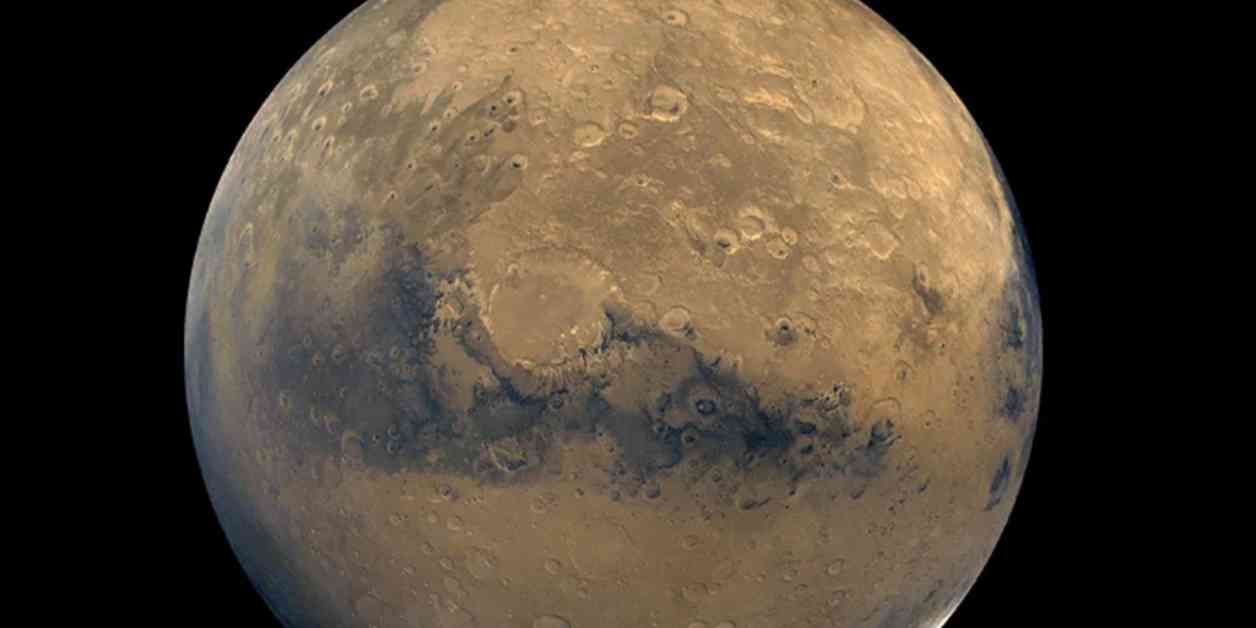A recent study has suggested a possible connection between dark matter and a slight wobble in Mars’ orbit. The study, published in the journal Physical Review, introduces the idea that microscopic black holes formed from dark matter could be causing this phenomenon.
Unlike the more commonly known astrophysical black holes, these primordial black holes are believed to have originated from dense gas pockets that collapsed shortly after the Big Bang. Despite being incredibly small, these black holes are thought to be heavier than thousands of solar masses and make up a significant portion of dark matter in the universe.
Dark matter, first theorized by Fritz Zwicky in the 1930s, is a mysterious form of matter that cannot be observed directly as it does not emit light or energy. It is estimated to make up around a quarter of the universe’s mass and is primarily detected through its gravitational effects on visible matter.
The new study, titled “Close encounters of the primordial kind,” was conducted by MIT physicists who used simulations to demonstrate how primordial black holes could be influencing Mars’ orbit. According to their findings, these black holes could be causing a periodic wobble in the planet’s orbit as they pass through the solar system.
Thanks to advancements in telemetry, astronomers are now able to detect such subtle changes in planetary orbits. Co-author and physics professor David Kaiser highlighted the significance of this research, stating that if the predicted wobble is observed, it would provide strong evidence in support of the theory that dark matter is composed of primordial black holes.
The researchers believe that these black holes, which were formed in the early moments after the Big Bang, have been traversing the universe for billions of years. By studying the effects of their presence on Mars’ orbit, scientists hope to gain a better understanding of the nature of dark matter and its role in shaping the cosmos.
Overall, this study sheds light on the intricate relationship between dark matter and celestial bodies like Mars. It serves as a reminder of how much we still have to learn about the mysteries of the universe and the hidden forces that govern its movements.




